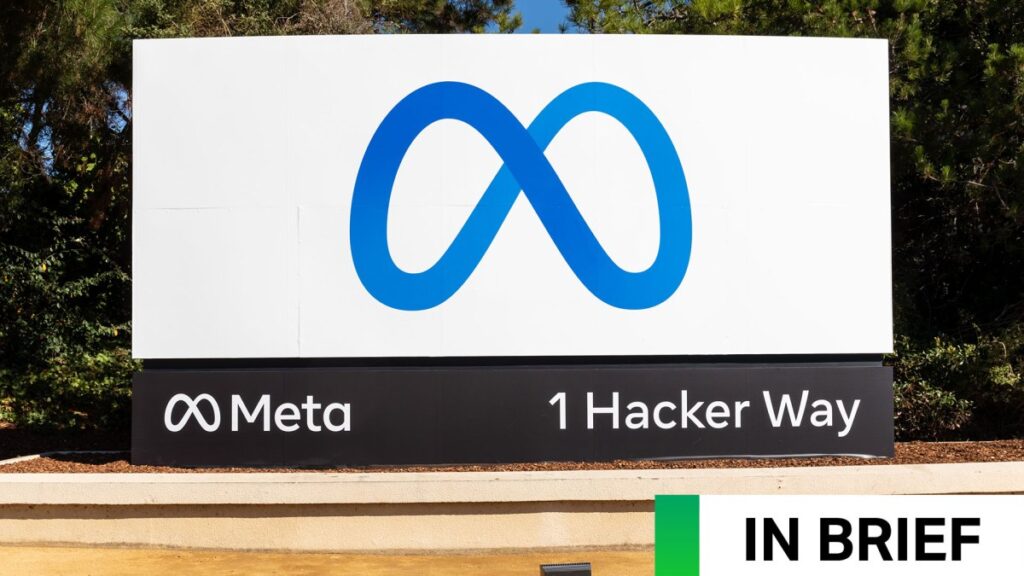Meta’s Maverick: A Controversial Standout in AI Performance Testing
Meta has made a splash in the AI landscape with the recent release of its flagship model, Maverick. Debuting as the second-highest performer on LM Arena, a platform where human raters weigh in on various AI outputs, Maverick has generated significant buzz. However, it has come to light that the version of Maverick utilized in LM Arena isn’t the same as what developers have access to, raising eyebrows within the AI research community.
The Experimental Nature of Maverick
In a recent announcement, Meta described the Maverick version tested on LM Arena as an "experimental chat version.” This might explain its impressive ranking — a dedicated optimization for conversational performance was employed, as indicated by a chart on the official Llama website showcasing “Llama 4 Maverick optimized for conversationality.”
But this brings up the question: is there a risk in customizing models specifically for benchmarks like LM Arena? While AI firms aren’t new to fine-tuning their models, it’s less common for them to openly acknowledge such adjustments. This lack of transparency can make it difficult for developers to foresee how these models will function in real-world applications.
The Challenge of Benchmarking
Many in the AI field have criticized LM Arena as not being the most reliable assessment of a model’s capabilities. This raises concerns, as developers rely on benchmarks to gauge a model’s potential across various tasks. When a model like Maverick is tailored for a specific evaluation, it creates a disparity between the expectations set by its performance metrics and the actual experience developers may encounter with the publicly available version.
Interestingly, researchers have already noted stark differences between the two versions of Maverick. Feedback shared on X highlights how the LM Arena version appears to favor emojis extensively and tends to deliver longer, more elaborate answers.
Voices from the Community
Tech enthusiasts have vocalized their observations, sharing their findings and sparking discussions. One user remarked, "Okay Llama 4 is def a littled cooked lol, what is this yap city," while another noted the excessive use of emojis in the LM Arena version compared to what’s available on the more general platforms.
These reactions underscore the growing sentiment within the AI community regarding the need for greater clarity and consistency in AI model performance.
What’s Next for Maverick?
As the AI landscape evolves, ongoing dialogue and scrutiny are essential. We’ve reached out to Meta and the organization responsible for LM Arena to gather further insights on these discrepancies and their future plans.
Conclusion
As we watch the evolution of AI technology, the conversation around model performance, benchmarking, and transparency will undoubtedly continue. Meta’s Maverick stands as a case study in the complexities facing AI developers today. Keeping an eye on how companies approach these challenges is vital for the growth of trusted AI applications.
The AI Buzz Hub team is excited to see where these breakthroughs take us. Want to stay in the loop on all things AI? Subscribe to our newsletter or share this article with your fellow enthusiasts.




